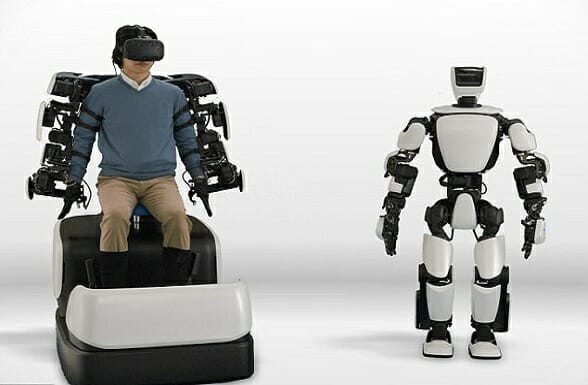Robotics requires a deep understanding of both mechanical and electronic engineering. Based on the level of education there are millions of jobs waiting to happen in the robotics industry. Most of these are centered around the design and creation of robots and robotic arms. The field of robotics is dynamic and not science fiction anymore. BCG (Boston Consulting Group) has the opinion that by 2025 the market will reach USD 87 billion.
The most crucial question is how does one become employed as part of this sunrise industry? What is the type of training required and what will be the role or job description?
Checkout the Roles and Job Description in the Robotics Industry :
1. Robotics Engineer
It’s a job for someone who has plenty of patience, in addition to engineering training. An engineer is responsible for developing the robot design on paper. This development may take some time due to the research and the tremendous technical coding of robotics. During construction, a robotics engineer will supervise virtually all aspects of robot development, from security to testing and analyzing and reviewing each movement.
An engineer must also debug any problem located within the software system. Due to the need to monitor each project, engineers do not build many robot systems throughout their career. This type of job in robotics work is highly technical in nature.

2. Software Engineer
Each robot must have an internal computer-assisted system that operates the machine efficiently. This software design is developed and the code is written by the software engineer together with the robotics engineer to ensure that the robot performs the functions it has been designed to deliver in a safe and accurate manner. Therefore, the software developer has to be very capable in coding for robotics and software design.

3. Technicians
There are two types of technicians required in this field. A technician trained in robotics can repair as well as maintain robots, and build some of their parts, as well as other tasks.
An electromechanical technician works alongside the engineer in the process of designing new robots.

Don’t forget to check out: Studying for a career in robotics?
4. Sales Engineer
Sales engineers must have the product knowledge at their fingertips, as they will try to sell advanced technology robots and their designs to potential customers. They should also be able to participate in a technical discussion with the buyer and convey to the design team the required changes to meet the needs of a specific customer.

5. Robot Operators
Of course, each robot must be operated and monitored by a person throughout the day. If something goes wrong or fails, someone should handle the situation immediately. This is the task of an operator. Working with a robotic assembly line an operator at all times ensures the proper functioning of every system. They are also needed to use and repair equipment such as flying drones and various other remote control vehicles used by civilian and armed forces.

Conclusion
As one can see, the field and scope of robotic technology is growing. Analysts predict that more and more robots will replace humans in daily tasks and that significant number of engineers, technicians and other personnel will be needed. It is an industry on the cusp of a revolution and evolution, and it is worth concentrating upon the field if you are interested in any of the many types of robotics jobs.




